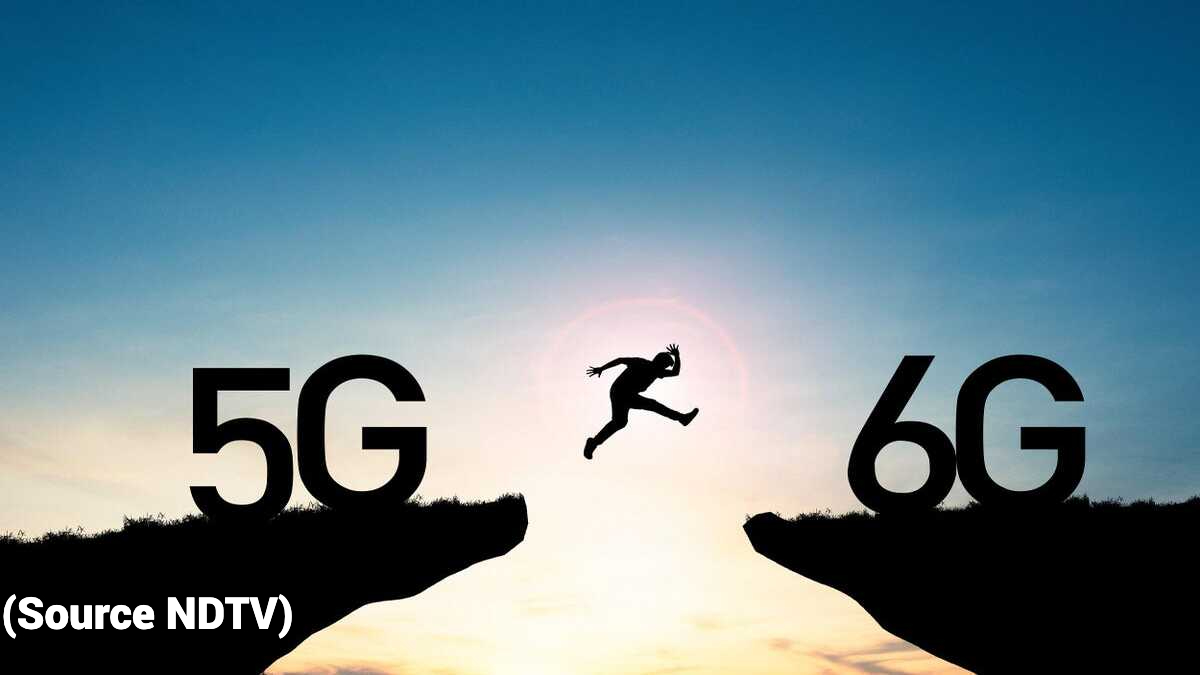
By Mr. Rajesh Kaushal
The advent of 6G promises boundless possibilities. Projected speeds up to 100 times faster than 5G, 6G networks have the potential to revolutionize industries from healthcare and manufacturing to autonomous systems and immersive entertainment. However, realizing these groundbreaking breakthroughs hinges critically on a robust telecom infrastructure capable of supporting the significantly increased demands for bandwidth, latency, and connectivity.
Shaping Tomorrow: The Crucial Role of Telecommunications Infrastructure
As we stand on the threshold of a new era of connectivity, the significance of telecommunications infrastructure cannot be overstated. Enabling faster speeds, heightened reliability, and minimal latency, these advancements are poised to revolutionize our digital interactions fundamentally. Sectors spanning healthcare, e-commerce, and transportation stand to gain substantially, while emerging technologies like IoT, AI, and VR/AR are primed for continued growth.
In a world where connectivity serves as the lifeblood of modern civilization, the telecom industry remains at the forefront, shaping our collective future. The ongoing evolution of telecommunications infrastructure ensures seamless connection, continuous innovation, and the ability to embrace limitless opportunities that lie ahead.
Government Initiatives and India’s 6G Vision
The Indian government has allocated INR 2,240 million towards establishing a 6G Test Bed, developed in collaboration with Indian Institutes of Technology (IITs). This initiative aims to provide a robust R&D platform for stakeholders in broadband wireless applications. India’s digital economy has witnessed remarkable growth, expanding from 5.4% of GVA in 2014 to 8.5% in 2019, with digital dependency estimated at 22% of GDP in 2019. This rapid growth, outpacing the overall economy by 2.4 times, underscores the profound impact of digitalization across various sectors. By actively contributing to 6G standardization, India aims to bolster its domestic industry and enhance its global standing in the telecom sector. This concerted effort positions India as a key supplier of intellectual property and cost-effective solutions on the global stage, solidifying its position as a leader in the digital era.
Evolution and Requirements of Telecom Infrastructure
Each generation of wireless technology has been accompanied by a corresponding leap in infrastructure capabilities. 5G’s increased speed and reduced latency necessitated denser cell towers and fiber-rich backhaul networks. However, the demands placed on 6G infrastructure will be unprecedented.
To fulfill 6G’s potential, we need critical advancements in several areas:
- Energy Efficiency and Sustainability:The significant increase in network density and connected devices will require addressing energy consumption concerns.
- Advanced Antennas and Spectrum Utilization:6G will likely utilize higher frequency bands, like terahertz (THz), offering vast amounts of spectrum for increased capacity.
- Edge Computing and AI:Ultra-low latency requirements necessitate bringing computing power closer to the user.
- Security and Resilience:As networks become more complex, ensuring security and resilience against cyber threats becomes paramount.
The Potential Impact of 6G Networks
The advent of 6G networks promises to revolutionize various industries and reshape our daily lives:
- “Internet of Skills”:6G’s capabilities will pave the way for advancements in remote surgeries, autonomous robots, and virtual presence in hazardous environments.
- Smart Cities:6G networks will act as a driving force behind “smart cities” leveraging IoT, AI, and big data analytics. These networks will facilitate creating sustainable, efficient, and interconnected urban environments.
- Immersive Experiences:6G will unlock new experiences across gaming, education, entertainment, and healthcare. Imagine virtual reality classrooms, realistic gaming environments, and personalized healthcare services.
- Sustainable and Green Communication:6G networks will prioritize energy efficiency and environmental conservation by optimizing infrastructure and adopting energy-efficient technologies.
The Path to a 6G-Powered Future
The 6G revolution promises to transform India’s digital landscape, propelling us towards a future of unprecedented connectivity and innovation. While the exact specifications and timelines are still being defined, it is clear that the next generation of wireless technology will necessitate a quantum leap in infrastructure capabilities. Delta Electronics India is dedicated to collaborating with stakeholders to build the robust, secure, and energy-efficient infrastructure essential to unlocking this transformative potential.
Conclusion
The potential impact of 6G networks is vast and far-reaching, promising to usher in a new era of connectivity, innovation, and sustainability. As we continue to advance towards 6G deployment, harnessing the transformative power of these technologies is crucial to create a brighter and more inclusive future for all.
(The author is Mr. Rajesh Kaushal, Vice President, Delta Electronics India, and the views expressed in this article are his own)






